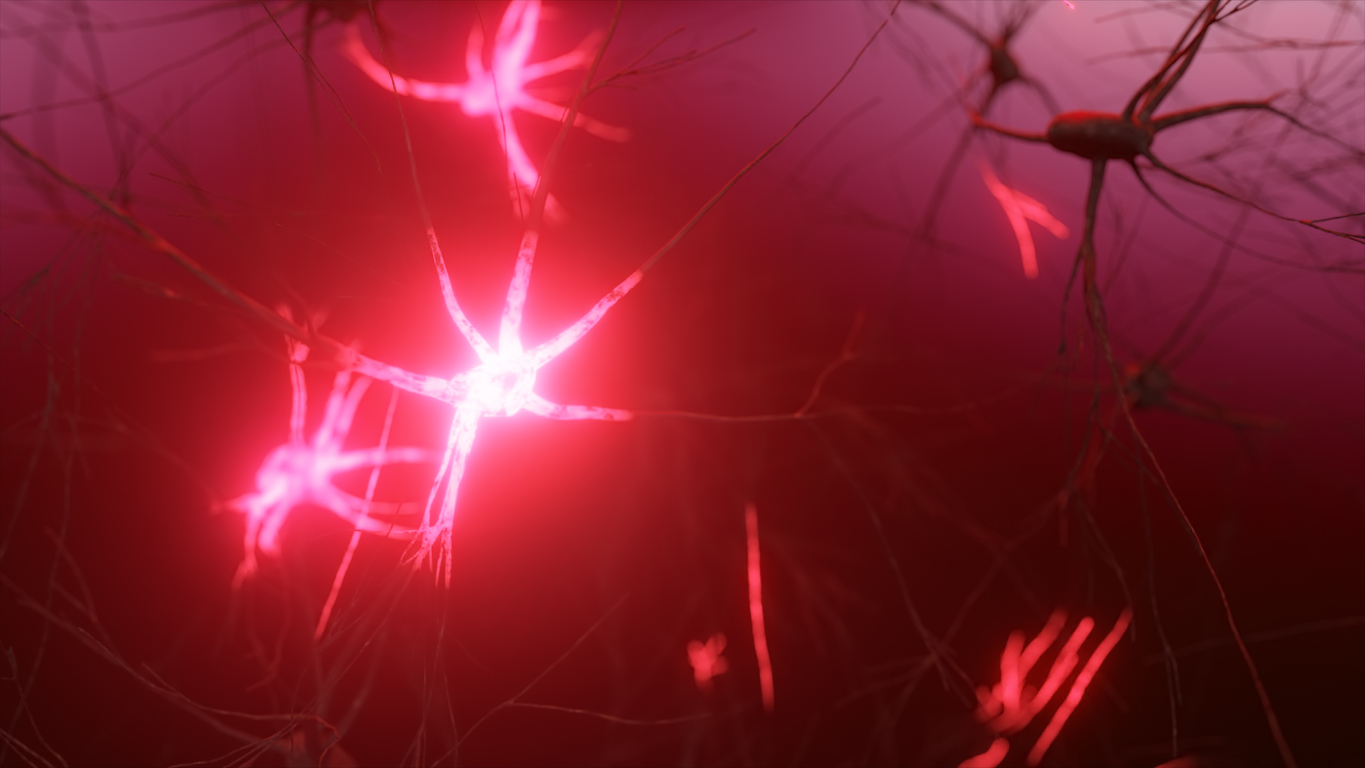Have you ever wondered if light can affect your body’s nervous system or if it can create stress? This article explores these questions and explains the importance of maintaining a balance between the parasympathetic and sympathetic nervous systems for our health and wellbeing.
Autonomic Nervous System Explained
The autonomic nervous system (ANS) is a network of nerves that control unconscious processes like breathing and heart rate, vital for our survival. This system, part of the peripheral nervous system, has two main divisions:
- The parasympathetic division, which facilitates ‘rest-and-digest’ functions.
- The sympathetic division, responsible for ‘fight-or-flight’ responses.
Balancing these two divisions is crucial for our overall health and wellbeing.
Stress Response and the Nervous System
Our bodies often lean towards an active sympathetic nervous system due to unrecognized stress, leading to the release of stress hormones. This constant stress response can be harmful over time. However, not all stress is negative; it’s part of our natural ‘fight-or-flight’ mechanism. Problems arise when we don’t have periods of relaxation to balance this response.
The Role of Light as a Stressor
Light, especially visible light, is an environmental stressor that can impact our bodies. It influences hormones like cortisol, which keeps us alert, and melatonin, which helps us relax and sleep. The effects of light on these hormones are significant:
- Blue Light: Known to stimulate cortisol production and disrupt melatonin secretion, affecting sleep.
- Red Light: Compared to blue light, red light has a lesser disruptive effect on melatonin, suggesting it could help maintain healthy melatonin levels in the evening.
Red and Blue Light: Their Impact
The impact of light at night, especially blue light, on our sleep is notable. Blue light is particularly effective in stimulating cortisol and hindering melatonin secretion. On the other hand, red light is less disruptive and could be beneficial for relaxation and sleep, aiding in the activation of the parasympathetic nervous system.
Maintaining a healthy balance between the sympathetic and parasympathetic states is beneficial for our wellbeing. Red light, in this regard, can be a valuable tool for relaxation and promoting good sleep.
Conclusion
Environmental light keeps our body’s stress response system active. Using red light post-sunset can help in maintaining our natural circadian rhythms and balancing our autonomic nervous system. Opting for red light over blue light at night is less disruptive to melatonin secretion. It’s advisable to avoid bright light after dark and keep your surroundings dim 2-3 hours before bedtime. In today’s world, where avoiding bright light can be challenging, red light emerges as an effective solution to promote relaxation and ensure restful sleep.
About Passiva
Passiva is an innovative materials science company that provides a revolutionary biotech platform to cost-effectively bring device-free therapeutic red light capabilities as an added ingredient or component to everyday medical, cosmetic, or vision care products.

